Optimizing Heat Transfer Efficiency in Shell and Tube Condensers
Optimizing Heat Transfer Efficiency in Shell and Tube Condensers
Shell and tube condensers play a basic part in different industrial processes, from power generation to chemical manufacturing. Optimizing heat transfer efficiency in these condensers is fundamental for improving overall system execution and lessening energy utilization. Optimizing Heat Transfer Efficiency in Shell and Tube Condensers : Here are a few procedures and strategies to attain greatest heat transfer proficiency:
1) Surface Area Enhancement:
- Increasing the surface range available for heat transfer is key to improving efficiency. This may be accomplished through the utilize of extended surface tubes, such as rifled or enhanced tubes, which give greater heat transfer rates compared to conventional smooth tubes.
- Additionally, utilizing corrugated or twisted tube plans can disturb laminar flow and enhance turbulence, driving to moved forward heat transfer coefficients and proficiency.
2) Tube Cleaning and Maintenance:
- Standard cleaning and maintenance of shell and tube condenser tubes are crucial for maintaining ideal heat transfer effectiveness. Fouling and scaling on the tube surfaces can altogether reduce heat transfer rates and increment energy consumption.
- Mechanical cleaning methods, such as brushing or water jetting, as well as chemical cleaning strategies, can viably remove deposits and restore heat transfer execution.
3) Flow Optimization:
- Proper liquid flow dispersion and speed within the condenser are basic for maximizing heat transfer effectiveness. Ensuring uniform flow over the tube bundle and minimizing stream maldistribution can help optimize heat transfer rates.
- Expanding flow velocity through the tubes, whereas avoiding excessive pressure drop, can improve convective heat transfer and progress overall efficiency.
4) Tube Material Selection:
- Choosing the suitable tube material based on the working conditions and liquid properties is basic for optimizing heat transfer proficiency and preventing corrosion or fouling.
- Materials with high thermal conductivity, such as copper or stainless steel, are commonly utilized for shell and tube condenser tubes to encourage efficient heat transfer.
5) Air or Water Side Enhancements:
- Improvements on the air or water side of the condenser, such as the utilize of finned tubes or turbulators, can progress heat transfer performance by expanding surface range and promoting turbulence.
- Air-side enhancements, such as variable-speed fans or louvers, can too optimize airflow dissemination and improve in general condenser effectiveness.
By executing these strategies and procedures, administrators can effectively optimize heat transfer effectiveness in shell and tube condensers, driving to moved forward system execution, energy savings, and operational reliability in different industrial applications. Normal checking and support are fundamental to ensure proceeded efficiency and longevity of condenser systems.
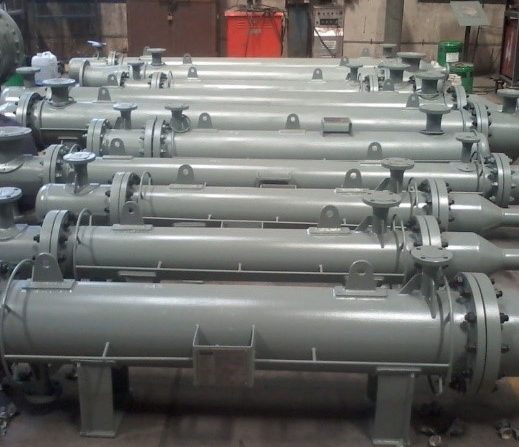


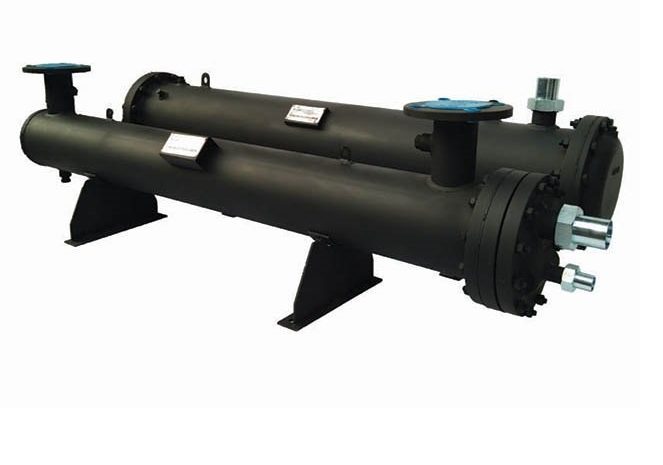
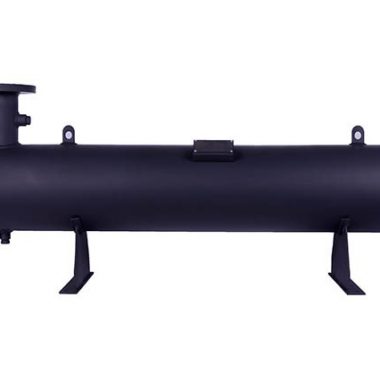
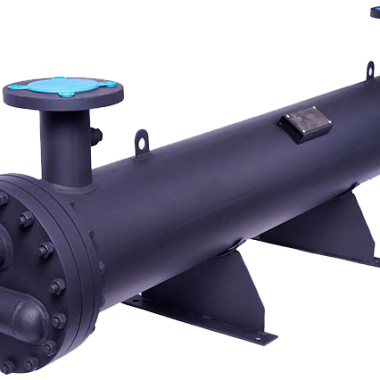
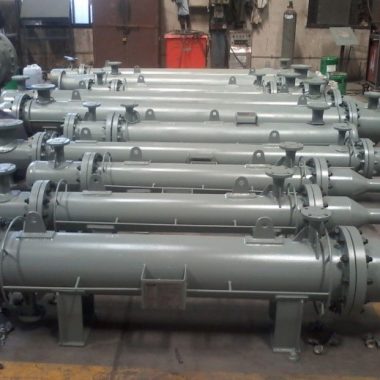
What is a shell and tube heat exchanger? - Cool Fab Equipments April 23, 2024 at 9:03 pm
[…] cylindrical shell. One liquid flows through the tubes, whereas the other liquid streams around the exterior of the tubes inside the shell. Heat is exchanged between the fluids through the tube […]